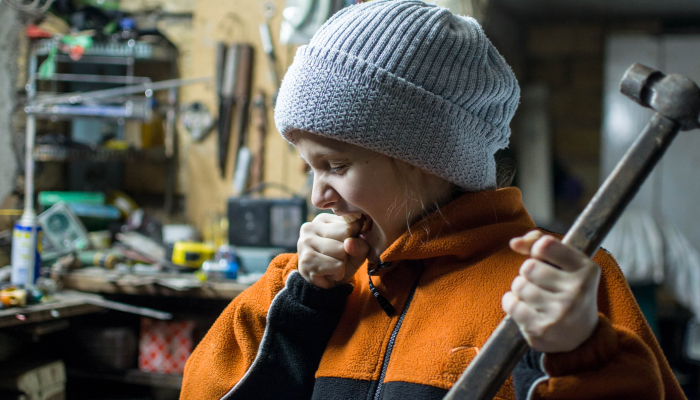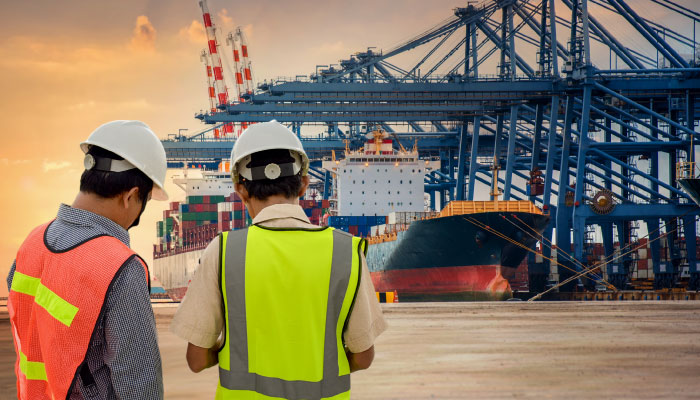Major U.S. companies continue to be faulted for using or supporting child labor—and are suffering the consequences. But in the global marketplace, with so many parts so easily sourced from a variety of overseas nations, steering clear of child labor is often easier said than done.
Trade lawyer Robin W. Grover has specialized in customs for more than three decades, and his live webinar for AudioSolutionz, “Avoiding Problems with Imports Deemed by CBP to be Products of Forced/Child Labor,” explains how to eliminate or mitigate the hazards of being associated with child or forced labor. That association is a risk your business can’t afford to take.
The Problem Reaches Well Beyond the Garment Industry
Worldwide, about 152 million children between the ages of 5 and 17 are subject to child labor, notes the International Labour Organization. Most are engaged in the agriculture industry, with about one in five working in the service sector. Nearly half of child workers are in Africa, and roughly 60 percent are boys. Many are not in school and nearly one-third are engaged in hazardous work.
The problem of child labor is particularly acute in the fashion and garment industry, notes The Guardian, “because much of the supply chain requires low-skilled labour and some tasks are even better suited to children than adults. In cotton picking, employers prefer to hire children for their small fingers, which do not damage the crop.”
Beware: Children are also obedient, easy to hide, and cheap to employ. “The fashion supply chain is hugely complex and it is hard for companies to control every stage of production,” The Guardian added. “That makes it possible to employ children without big brands and consumers ever finding out.”
Yet many consumers and watchdog organizations do find out, and the problem is not confined to fashion. Recent headlines have snagged everything from diamonds to chocolate.
CBP Rules: Child Labor Counts as Forced Labor
The U.S. Customs and Border Protection (CBP) agency operates under Section 307 of the Tariff Act of 1930, which prohibits the import of merchandise mined, produced, or manufactured by forced or indentured child labor. Merchandise falling under that category can be banned or seized, with the possibility of a criminal investigation to follow.
Watch out: What’s more, you don’t need to run afoul of a federal investigator to get in trouble. CBP regulations state that anyone can file a complaint to any port director or the CBP itself.
For importers, the world is teeming with hundreds if not thousands of potential minefields. The United States Department of Labor maintains a list of countries known to use child labor and the products those children produce, ranging from Afghanistan to Zambia and from vanilla to leather.
“As of September 30, 2016, the List of Goods Produced by Child Labor or Forced Labor comprises 139 goods from 75 countries,” the department said.
As long as there is free trade and a race for profits, importers will likely have to deal with the threat of child labor, stated the McGill International Review. “In order to sustain” low prices, the site found, “countries engage in a ‘race to the bottom’, wherein the countries that are less developed economically will, for example, lower or abolish the minimum wage, leading to low pay, forced labour, child labour, and poor working conditions.”
But with fines and public shame looming, Grover warns, you need to see past the profit margin.




